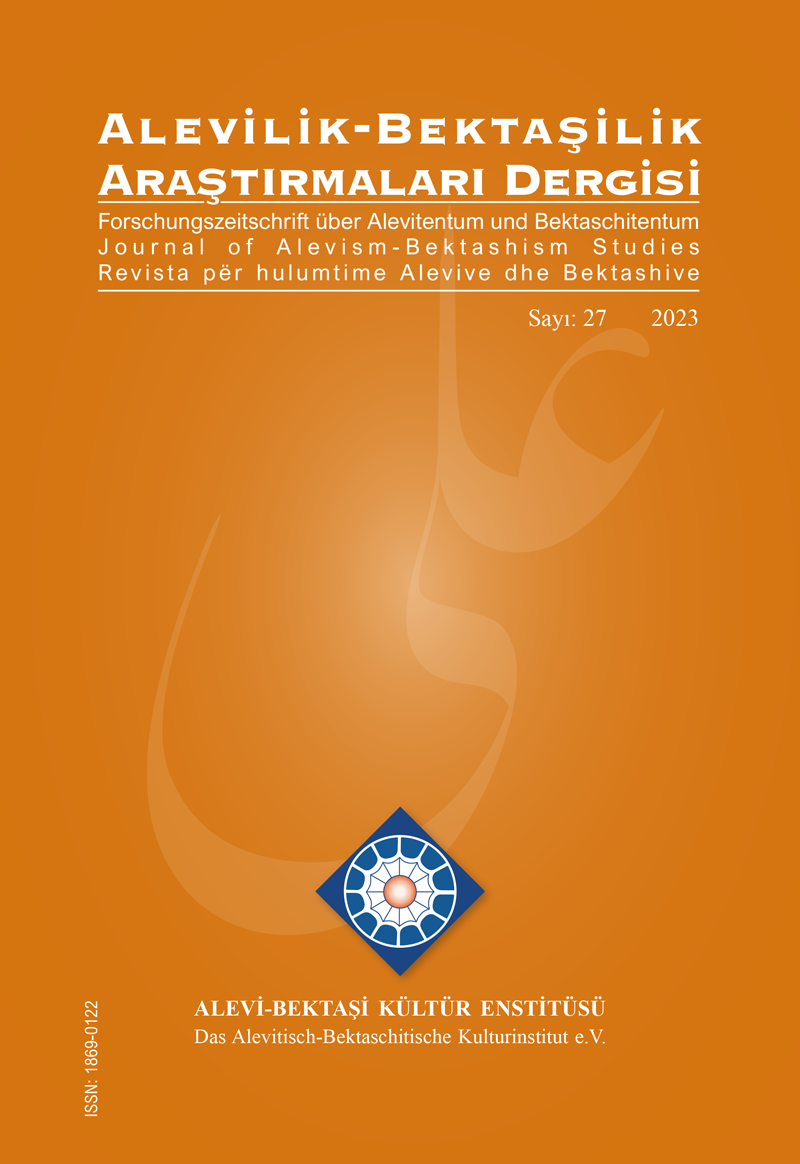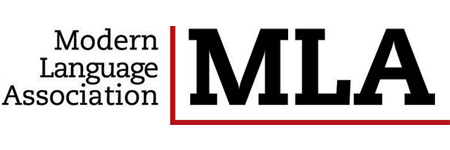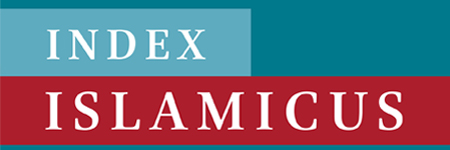Analysis of Esoteric Journey in Hagiographies within the Context of Rituals: Semah, Kurban, Çerağ Uyarma
DOI:
https://doi.org/10.24082/2023.abked.416Keywords:
Path, Journey, Hagioprapy, Ritual, Semah, Sacrifise, Çerağ UyarmaAbstract
The concept of “path/journey” offers a profound symbolic domain in terms of including new experiences, vulnerability and obscurity. Accordingly, “path/journey” which indicates deeper meanings beyond physical action, has been used in oral and written tradition in conjunction with themes of seeking, discovery, struggle, spiritual maturity, and transformation. Hagiographies are works created within the mythical realm of the Alevi belief system, narrating the relationship between humans and the sacred in a symbolic language. In these narratives, “path/journey” symbolizes the individual’s connection with the divine and spiritual evolution. One of the most significant areas where the symbolism emerges in hagiographies is rituals. This article aims to put forward how the symbols of esoteric journeys in hagiographies are reflected in Alevi cem rituals. Additionally, the significant rituals of kurban (sacrifice), semah (whirling dance), and çerağ uyarma (lighting of candles) within the Alevi belief system will be discussed in the context of esoteric (batıni) journey. When analyzing narratives created within a belief system, it is necessary to analyze all elements of the belief system, including myths, rituals, and practices, to comprehend the symbolic language. Therefore, studying a comparative analysis of Alevi rituals and hagiographies, which are important written sources within the Alevi belief system, will make a substantial contribution to the researches on Alevism. The article analyses hagiographies, including Vilâyetâme-i Hacı Bektaş Veli, Otman Baba Velâyetnâmesi, Menâkıb-ı Baba Kaygusuz, Demir Baba Velâyetnâmesi, which reflect the mythical and symbolic realm of Alevi belief system.
Downloads
Downloads
Published
How to Cite
Issue
Section
License
Copyright (c) 2023 Journal of Alevism-Bektashism Studies

This work is licensed under a Creative Commons Attribution-NonCommercial-NoDerivatives 4.0 International License.








